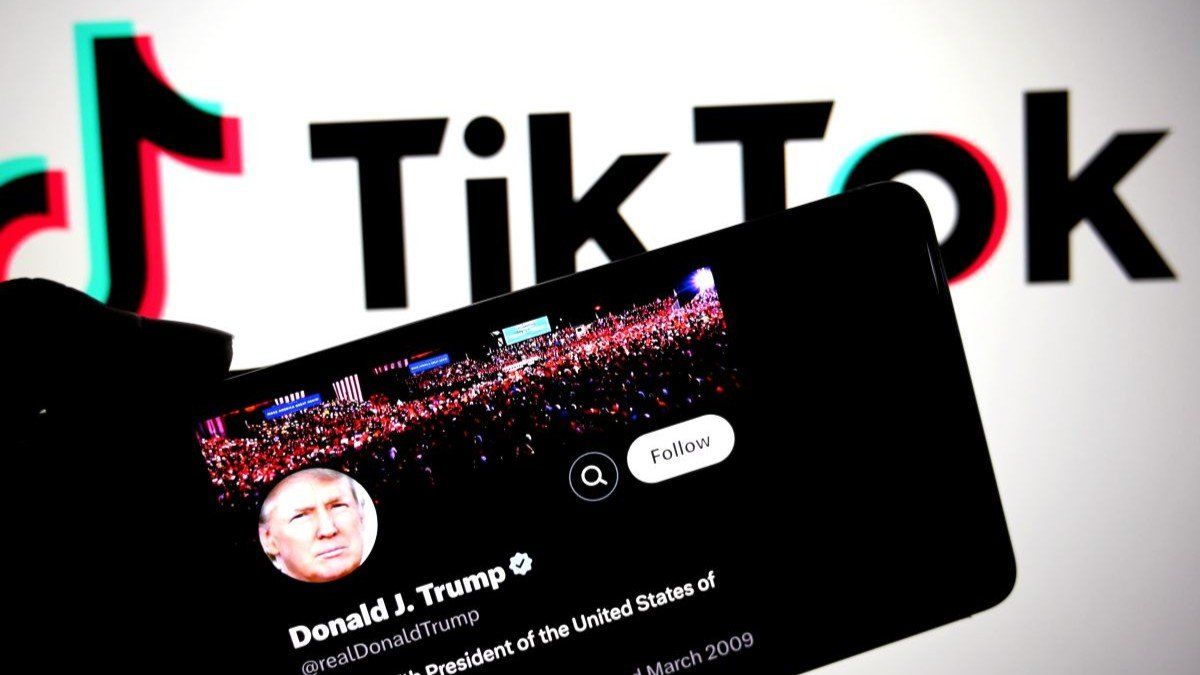In August 1991, a handful of high-ranking Soviet officials launched a military coup to halt what they believed (correctly) was the steady disintegration of the Soviet Union. Their first step was to seize control of the flow of information across the USSR by ordering state television to begin broadcasting a Bolshoi Theatre production ofSwan Lake on a continuous loop until further notice. (Click that link for some prehistoric GZERO coverage of that event.)
Even in the decade that followed the Cold War’s end, citizens of both authoritarian states and democracies had far fewer sources of reliable information than today about what was happening in their communities, across their countries and around the world.
Earlier this month, the Reuters Institute published its 14th annualDigital News Report, which Reuters claims is the “most comprehensive study of news consumption worldwide.” Its findings detail just how fundamentally different today’s media landscape has become. Here are some key takeaways that help us understand how and where people get their information and ideas about what’s happening today:
- “News use across online platforms continues to fragment.”
- “Engagement with traditional media sources such as TV, print, and news websites continues to fall, while dependence on social media, video platforms, and online aggregators grows. This is particularly the case in the United States.”
- “The proportion accessing news via social media and video networks in the United States (54%) is sharply up – overtaking both TV news (50%) and news websites/apps (48%) for the first time.”
- “Around a third of our global sample use Facebook (36%) and YouTube (30%) for news each week. Instagram (19%) and WhatsApp (19%) are used by around a fifth, while TikTok (16%) remains ahead of X at 12%.”
- Personalities and influencers are, in some countries, playing a significant role in shaping public debates.
- There’s no reason to expect these trends won’t continue indefinitely.
There’s much more in the Reuters report, but today let’s focus on a few political implications of the points above.
In the years since social media and online influencers began shaping our perception of reality, we’ve seen strong anti-establishment political trends. Think Brexit, the election of charismatic political outsiders (like Donald Trump), and a move away from long-entrenched political establishments in dozens of countries.
Social media algorithms create “filter bubbles” as algorithms feed us steady supplies of what they’ve learned we like at the expense of new information and ideas that make us question what we believe. That trend helps explain the worsening polarization we see in the United States and many European countries.
That problem is compounded by the increasing prevalence in social media feeds of AI bots, which can generate heavy volumes of false information, distorting our sense of reality every day and in real time.
All these trends will make politics, particularly in democracies, much less predictable over time as elections swing outcomes between competing ideologies.
As a source of news and insight, social media has brought billions of people directly into the political lives of their countries in ways unimaginable a generation ago. They’ll continue to play a positive role in helping news consumers and voters learn more and share their views. But the unreliability of so many social media information sources — and the political volatility it increasingly generates — create problems that will only become more complex as technologies change.
And this problem is intensifying at a time when more of the big threats facing governments extend across borders — the eruption of more regional wars, climate change fallout, management of refugee flows, and governance of artificial intelligence. Big ideological swings following elections will make long-term multinational cooperation much more complicated.
Tell us what you think. How should our elected leaders, media sources, and all of us news consumers respond to these challenges? Let us know here.
